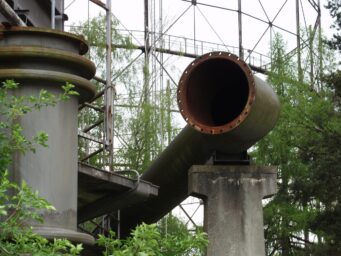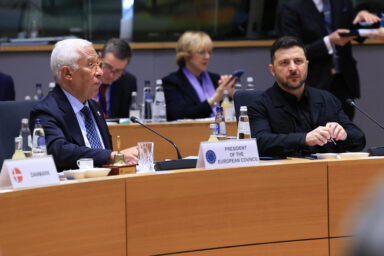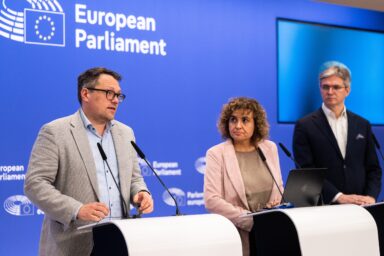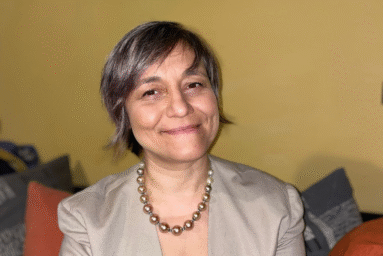The 20-year scheme, authorised under the Clean Industrial Deal State Aid Framework (CISAF), aims to help France meet 2030 renewable energy targets. It is also meant to reduce reliance on imported clean tech components. The project consists of three planned wind farms with a total capacity of 1.5 GW.
Three floating offshore wind farms will come into existence under the scheme. One in the west of France, off the coast of Brittany, plus two others in the south, in the Mediterranean Sea. Each wind farm will have a capacity of around 500 MW, generating approximately 2.2 TWh annually — or the equivalent electricity consumption of about 450,000 French households.
Financial aid totalling €11bn will be awarded through a competitive bidding process. One winning bidder will be selected per offshore zone. Each project will receive support in the form of a two-way contract for difference (CfD), calculated by comparing the bidder’s offered reference price against market prices.
If the market rate falls below the reference level, the French state will cover the shortfall. Conversely, if it rises above the reference, the project developer must reimburse the difference to the authorities.
You might be interested
Acceleration of clean energy transition
The Commission adopted the CISAF instrument on 25 June 2025. The chief idea is to support measures in sectors which are key for the transition to a net-zero economy. The projects must be in line with the Clean Industrial Deal.
The CISAF allows different types of aid, which can be granted by Member States until 31 December 2025. The aim is to accelerate the clean energy transition. It includes measures accelerating the rollout of renewable energy and low-carbon fuels, measures facilitating the decarbonisation of industrial processes, or measures allowing temporary electricity price relief for energy-intensive users.
Renewables in a nuclear country
Electricity generation in France traditionally relies on nuclear plants. In 2024, nuclear power’s share of total electricity output was 68 per cent. Consequently, the share of renewable sources, like solar plants (4%) or wind farms (8%), remains relatively low compared to most Western and Northern European countries.
This equation, however, has been gradually changing over the past years with nuclear sources slowly losing their dominant position. By 2030, France should achieve at least 44 per cent of renewables in final energy consumption (the total amount of energy used by end-users, such as households, businesses, and industries). In this way, the country would contribute to the EU target of 42.5 per cent set out in the Renewable Energy Directive. Offshore wind projects constitute one of the main pillars of France’s energy plan.











